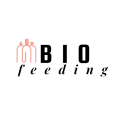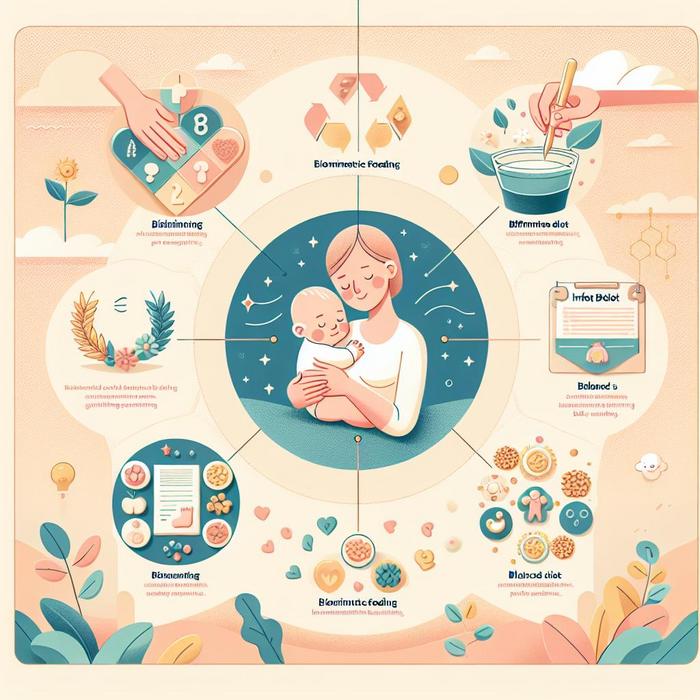Understanding Biomimetic Feeding
Biomimetic feeding, an innovative concept that has revolutionized the way we feed infants, is gaining widespread attention among new parents. But what is biomimetic feeding, and why does your baby need it? Let’s dive deeper!
What is Biomimetic Feeding?
Biomimetic feeding refers to a type of infant diet that mimics the natural structure of mother’s milk as closely as possible. The word “biomimetic” refers to the process of human-made processes, substances, or systems that imitate nature [source]. In other words, biomimetic feeding attempts to recreate the perfect balance and structure of nutrients found in breast milk, ensuring proper child growth and health.
The Science Behind Biomimetic Feeding
Breast milk is a marvel of nature. It is not just food but also a comprehensive feeding system that promotes growth, protects against illness and helps develop the immune system. Extensive research has shown that the composition of breast milk is so unique and complex that it cannot be replicated entirely [source].
Biomimetic feeding takes into account the structure of the proteins, carbohydrates, and fats in human milk, aiming to create formulas that mimic these properties as closely as possible. This approach allows for better digestion and nutrient absorption, making it an optimal choice for infants who cannot be breastfed.
Transition from Breastfeeding to Biomimetic Feeding
Unfortunately, not all mothers can breastfeed their babies due to medical conditions or other reasons. Others find the transition from breastfeeding to traditional formula challenging. In such situations, biomimetic feeding serves as an excellent alternative.
To smoothly transition your baby from breastfeeding to biomimetic feeding, consider the following steps:
– Start by introducing biomimetic formulas gradually to let your baby adjust to the new taste and texture.
– Monitor your baby’s reactions closely. If they show signs of discomfort or allergies, consult your pediatrician immediately.
– Make sure feeding times continue to be moments of bonding and affection, which is crucial for emotional well-being.
For more tips and advice, visit our guide on mastering diaper changes and feeding routines [source].
Benefits of Biomimetic Feeding
Biomimetic feeding offers numerous advantages that extend beyond nutrition:
– Digestibility: Biomimetic formulas resemble the composition of breast milk, making them easier to digest than conventional infant formulas.
– Nutrient Absorption: The unique structure of biomimetic formulas facilitates better nutrient absorption.
– Overall Health: Research shows that biomimetic feeding can improve the overall health outcomes of infants, including immune system development and gut health [source].
– Fewer Allergies: Biomimetic formulas are hypoallergenic, reducing the chances of allergies and intolerances.
Final Thoughts
Biomimetic feeding represents a significant advancement in infant nutrition. By replicating the composition of human milk, it ensures that your baby receives the best possible nutrition when breastfeeding isn’t an option. However, as with all aspects of your baby’s health, it’s essential to consult with a professional to make the best choices. To better understand what to consider when choosing a pediatrician, check out our guide [source].
The Science Behind Breast Milk
Human breast milk is an incredibly complex substance, filled with proteins, fats, carbohydrates, vitamins, minerals, and even cells and hormones that help protect and nourish the growing baby. These elements aren’t just a random assortment but are carefully balanced and structured in precisely the way a developing infant needs [source].
Despite years of study, there is still much about breast milk that remains a mystery, with new discoveries continually being made. Yet, it is evident that the natural structure of breast milk provides essential nutrients in a form that is easy to digest and absorb, making it an optimal source of nourishment for infants. Biomimetic feeding aims to capture as much of this perfection as possible in formula form [source].
How Biomimetic Feeding Mirrors Breast Milk
The development of biomimetic formulas is based on a deep understanding of the components and structure of human milk. They take into account the specific role and form of proteins, carbohydrates, and fats in breast milk and try to reproduce them as closely as possible.
For instance, biomimetic formulas might include a mixture of whey and casein proteins to mimic the balance found in human milk. The formula’s fat blend is carefully designed to replicate the structure of fats in breast milk, with each ingredient serving a specific purpose [source].
Health Benefits of Biomimetic Feeding
Many health benefits come with biomimetic feeding. Here are a few of them:
– Improved Digestion: The closer a formula is to breast milk, the easier it is for an infant’s digestive system to handle. This can lead to fewer episodes of colic and constipation.
– Enhanced Immune Support: Biomimetic formulas contain a host of immune-boosting components designed to mimic those present in breast milk.
– Brain Development: Certain fats in biomimetic formulas, such as DHA and ARA, are crucial for brain and eye development.
– Fewer Allergic Reactions: Since biomimetic formulas mimic the complexity of breast milk closely, they are often more hypoallergenic than other types of infant formulas [source].
Biomimetic Feeding Going Forward
As scientists continue to reveal the intricate workings of breast milk, we can expect future iterations of biomimetic formulas to come even closer to its perfect nutritional design. Even now, biomimetic feeding has significantly improved the quality of infant nutrition, providing a powerful tool for parents and caregivers who want to give their babies the best possible start in life.
For those interested in further reading on biomimetics and its influence on various fields of science, you can visit this resource [source].
Remember, while biomimetic feeding is an excellent alternative when breastfeeding is not possible, it’s crucial to consult your healthcare provider or a pediatric nutritionist before choosing your baby’s formula to ensure it meets their specific needs.

